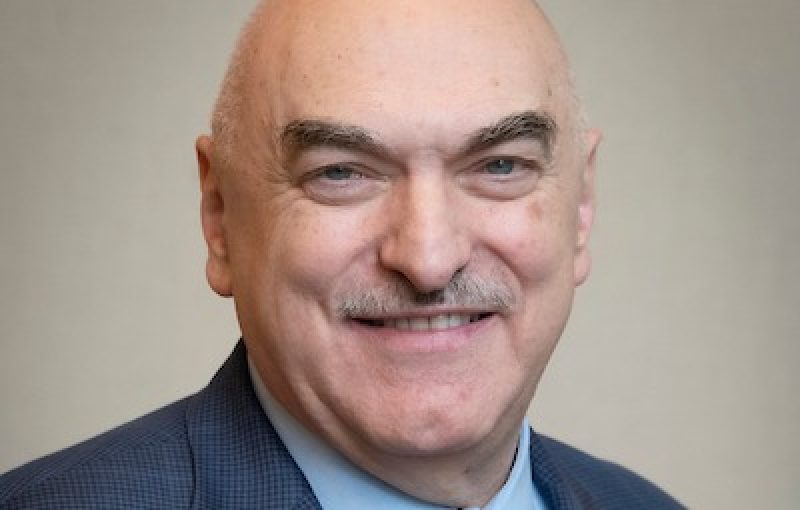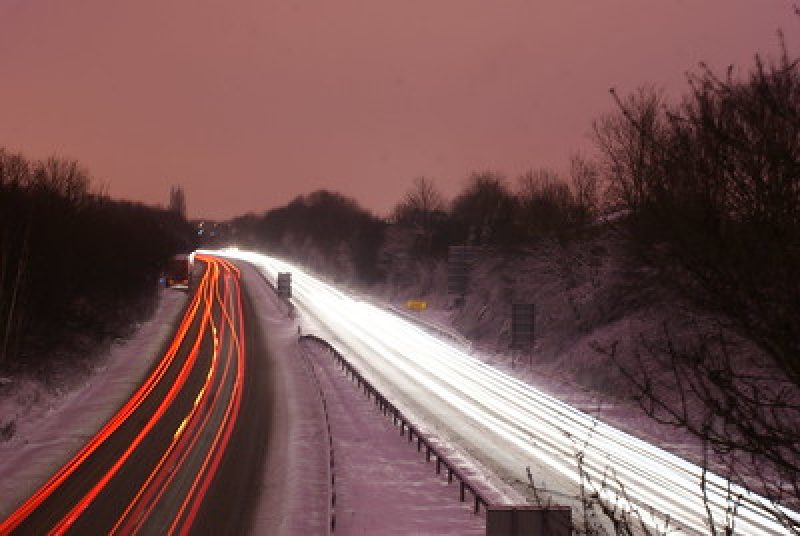 Seattle DOT, Flickr, CC BY-NC 2.0
Seattle DOT, Flickr, CC BY-NC 2.0Public bus systems are a lifeline for millions of workers, students, and residents. But frequent stops, clogged roads, and queues to pay fares can make for a slow, frustrating journey. Bus service in New York City became so sluggish in the early 2000s that transit activists began bestowing an annual award for the slowest route—a practice their counterparts in Boston, Massachusetts, adopted in 2024.
Bus rapid transit (BRT) aims to ease congestion and improve the commute. Also known as busways, these systems combine the speed and capacity of light rail but cost less to construct and operate. And transportation agencies and planners from Birmingham, Alabama, to Seattle, Washington, are jumping on board.
Buoyed by federal funding, big cities and midsize metropolitan areas have established dedicated bus lanes, installed stations that resemble train stops, and explored the use of smart technologies to move large numbers of people through traffic at a faster rate. In the process, they have transformed BRT from a little-known innovation—Pittsburgh, Pennsylvania, opened the first busway in 1977—into the nation’s fastest growing mode of public transportation.
While projects can hit snags, such as difficulty keeping the busway clear of parked vehicles, recent research indicates that BRT is not only improving congestion and access but is also delivering unanticipated safety benefits. For example, in Albuquerque, New Mexico, the State Smart Transportation Initiative reports, University of New Mexico researchers studying the impact of the local BRT system infrastructure found significant decreases in motor vehicle speeds (from 32.3 to 28.6 miles per hour), even when no buses were running. Average vehicle speeds dropped by around 15 percent when there was a lane reduction, versus 10 percent at other locations.
Ride IndyGo’s Rapid Transit Bus in Indianapolis, Indiana
Other cities are counting on BRT to reduce commute times and increase service reliability. For example, Indianapolis, Indiana’s public transit agency, IndyGo, is adding a 24-mile dedicated Blue Line busway and 30 new stations connecting Indianapolis International Airport and the town of Cumberland via downtown Indianapolis. Slated to begin construction this year, the effort is expected to reduce transit travel time by 30 percent.
The experience so far indicates the importance of busways and multimodal design in not only transporting riders to their destinations more efficiently but also creating a culture of safety.
To learn more about the State Smart Technology Initiative, read Dedicated Bus Lanes Improve Safety.





